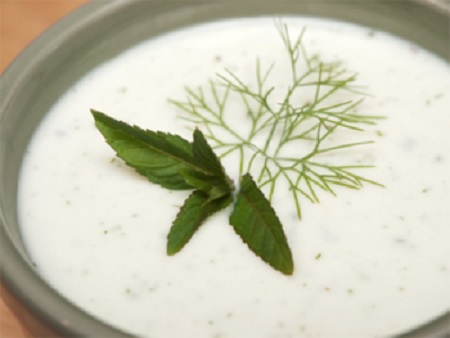Dec 28, 2025
Dec 28, 2025
by Swapna Dutta

Those of you who remember Alice in wonderland would also recall the song of the Mad Hatter:
“Beautiful soup, so rich and green
Waiting in a hot tureen!
Who for such dainties would not stoop?
Soup of the evening, beautiful soup!”
The English word "soup" comes from the Old English word "sop" which meant a slice of bread covered with roasted beef juices. The history of soup goes back to the beginning of time as it has always been considered an important part of man's diet. The first soup dates back to 6000 B.C., where the main ingredient used to be the bones of the hippopotamus and other animals!
When the Romans invaded Britain during the 2nd century AD they added several other ingredients such as leeks, onions, carrots, garlic, fennel, mint, thyme, parsley and coriander to the traditional bone-soup. Roman soups were tastier and more difficult to make. Perhaps the oldest surviving soup recipe in the world appears in Apicus' 4th Century Cook book, based on the notes of a cook. It was called “Pultes Iulianae”. The chief ingredients of this soup consisted of soaked wheat, minced meat, pepper, fennel seed and wine.
Researchers have found several recipes for soup in the cookery manuscripts from medieval England. For instance, the “Forme of Cury”, compiled in the 14th Century by the chefs of Richard II, has several recipes for soups which used to be poured over toasted bread or sops. Another extensive source for early broths and soups can be found in Robert May's “Accomplished Cook”, published from London in 1660. May was trained as a chef in Paris and was subsequently employed in several households belonging to the English nobility. He was also the first to introduce several new food trends and the use of savory ingredients like spinach, carrots, artichokes, potatoes and parsnips in soups. But he maintained the medieval custom of pouring soup over toasted bread. Broths were usually served in bowls and shared by several people at the table. The broth contained both meat and vegetables, cut up into small pieces.
In Andrew Boorde’s book written in 1598 we find soup recipes that are similar to the kinds of soups we now have. They were enjoyed by the people belonging to the Tudor and Elizabethan era. It was during the 18th century that people learned to make “soup cubes” by evaporating clarified broth until it reached the consistency of a paste which could be kept for a long time. It might interest you to know that Captain Cook carried this “portable soup” during his round the world voyage of 1772.
Did you know that the popular Mulligatawny Soup is of Indian origin? “Mulligatawny” is the Anglicized version of the Tamil word for “pepper water”. It was very popular with the employees of the East India Company during the 18th century and later. When they returned home, they took back the recipe with them. Not just to England, but to the other Commonwealth countries as well, especially Australia.
A rich curried soup made with peppers; there are several variations of the Mulligatawny soup. A popular version has chicken stock and coconut milk as its base, with pieces of chicken, onion, celery, apples and almonds seasoned with curry powder. It is usually served with rice. There is also a vegetable version of this soup made with vegetable stock, lentils, tomatoes, cucumbers, apples and pieces of fresh coconut. This too is served with rice. And of course peppers is a must for both versions.
You might like to try this simple, cool and delicious yogurt salad soup to beat the summer heat. It does not need any cooking.
You would need, 2 ½ cups of plain yogurt, 2 ½ cups of fresh tomato juice, 1 small cucumber, finely diced, 1 capsicum, seeded and finely chopped, juice of 1 large lemon, salt and freshly ground pepper and a big pinch of sugar. For making the soup, put the yogurt and tomato juice into a large bowl and blend until smooth. You may do this in the mixie. Stir in the cucumber, capsicum and lemon juice. Add the salt, freshly ground pepper and sugar and chill for 3-4 hours. Pour into tall glasses and serve with lemon wedges.
Image under license witth Gettyimages.com
12-Jan-2019
More by : Swapna Dutta